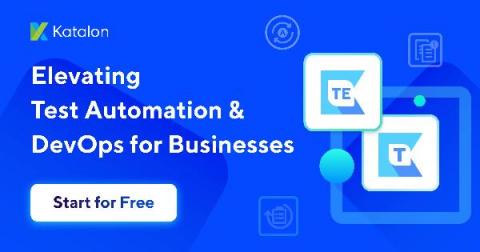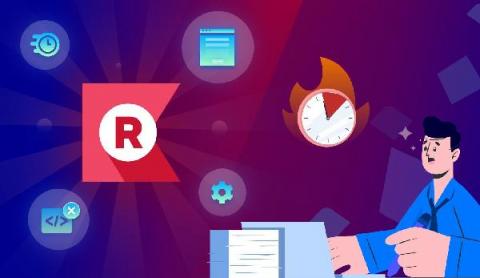Four Questions To Accelerate Edge-to-Cloud AI Strategy Development
“More than 15 billion IoT devices will connect to the enterprise infrastructure by 2029.” Finding data is not going to be a challenge, clearly, but taking advantage of it all to drive business outcomes will be. Combining AI and machine learning (ML) with data collection and processing capabilities of the edge and the cloud may hold the answer.










